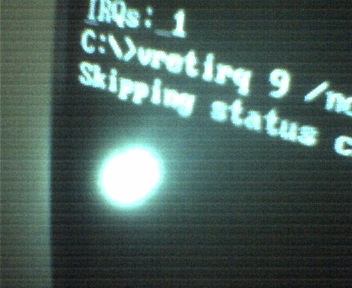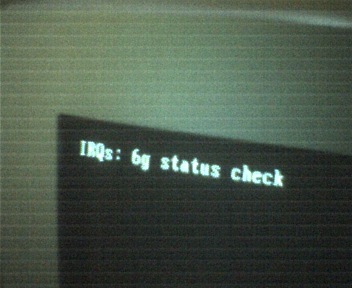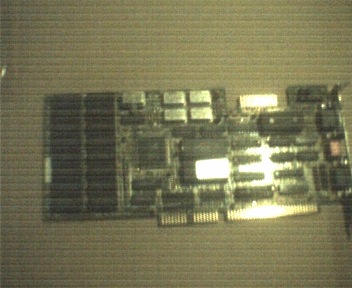Reply 40 of 73, by Jo22
- Rank
- l33t++
wrote:I've created a new version, which has an extra commandline parameter [..]
Thanks. :) I just tried that version. I'm sorry to say that the card still refuses to go stable.
I'm not sure if my card is just broken or an oddball version. When I did a closer examination of the PCB layout
(see photo; BIOS chips position, a group of resistors is not near the jumpers in the upper left corner), I noticed some differences
with the models at vgamuseum. Also, the REV marking doesn't show an actual revision (A, B, C, etc.)
What I did this time: I copyied your command line into autoexec.bat and ran the PC with different settings:
CMOS: Caches enabled/disabled, IRQ settings (legacy/PCI+PNP ISA), APM enabled/disabled, Shadow Memory,
Assign IRQ for VGA enabled/disabled, facory reset, etc.
I also removed the SB16 (MPU-401) and switched the card to different video modes, such as EGA and ran the Tseng diagnostics program.
A notable thing was that I got different status messages. Such as 3g, 5g, 6g, 7g (speaking under correction).
I'm not sure what to say. I would feel better if someone else could verify the behavior of the ET3000(AX).
To make sure it is not a defect on my particular ET3000 model.
"Time, it seems, doesn't flow. For some it's fast, for some it's slow.
In what to one race is no time at all, another race can rise and fall..." - The Minstrel
//My video channel//


